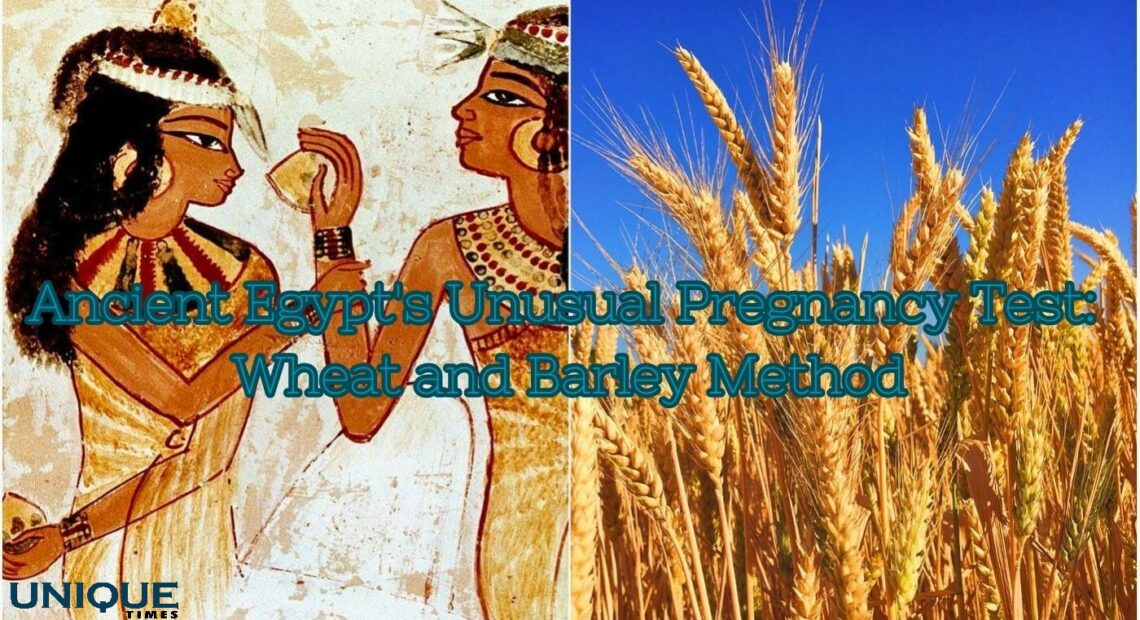Ancient Pregnancy Tests: Unveiling the Unconventional Methods of the Past

The journey of pregnancy detection spans across time and cultures, often unveiling unexpected practices rooted in the past. One such remarkable method was documented in an ancient papyrus dating back to 1350 B.C. In ancient Egypt, women turned to an unconventional technique—urinating on wheat and barley seeds—to determine whether they were expecting. Let’s delve into this intriguing historical practice and explore the science and significance behind it.
A Glimpse into Ancient Egypt: Ancient civilizations like Egypt held a deep understanding of the natural world, albeit through a different lens than modern science. The papyrus document, known as the Berlin Papyrus 3038, provides insights into the unique methods women employed to gauge their pregnancy status.
The Wheat and Barley Seed Test: According to the ancient papyrus, women were instructed to urinate on wheat and barley seeds, effectively creating two separate patches. The behavior of these patches was then observed over the next few days. If the barley patch sprouted more quickly or robustly, it was believed to indicate pregnancy.
The Science Behind the Practice: While the mechanism behind the wheat and barley seed test might seem mystical, there is a scientific explanation rooted in hormonal changes during pregnancy. A pregnant woman’s urine might contain elevated levels of certain hormones that could impact seed germination and growth.
Cultural and Symbolic Significance: In ancient Egypt, the act of sowing and growing was symbolic of fertility and life. The practice of using seeds to predict pregnancy not only catered to curiosity but also tapped into deeper cultural and spiritual beliefs.
A Glimpse into Medical Knowledge: Although this practice might appear unconventional today, it offers a window into the medical knowledge of the past. Ancient societies often developed methods based on their observations of the natural world and the connections they perceived between various elements.
Honoring Historical Wisdom: As we marvel at the wheat and barley seed test, it’s essential to recognize that ancient practices were shaped by the available knowledge and cultural context. While we’ve come a long way in terms of medical technology, this historical method serves as a reminder of the resourcefulness and ingenuity of our ancestors.
Conclusion: The ancient practice of using wheat and barley seeds to predict pregnancy is a fascinating example of how cultures harnessed the natural world to address their questions and concerns. While our methods of pregnancy testing have evolved significantly, it’s a testament to the enduring curiosity and creativity of human beings. As we reflect on this historical practice, let’s appreciate the intricate ways in which the past has shaped our understanding of the world.
Picture Courtesy: Google/images are subject to copyright








